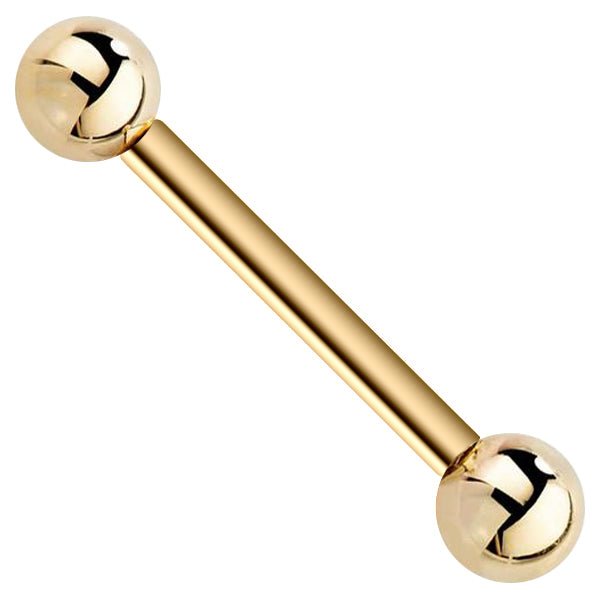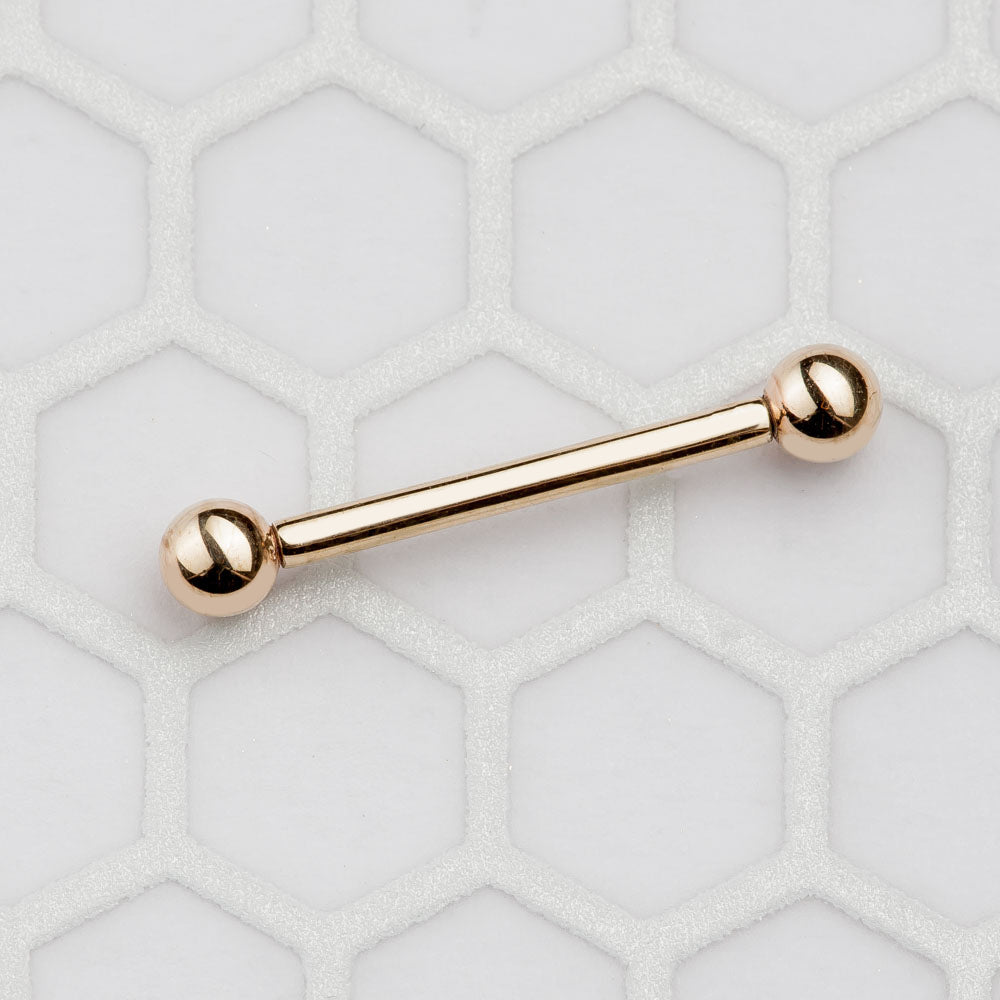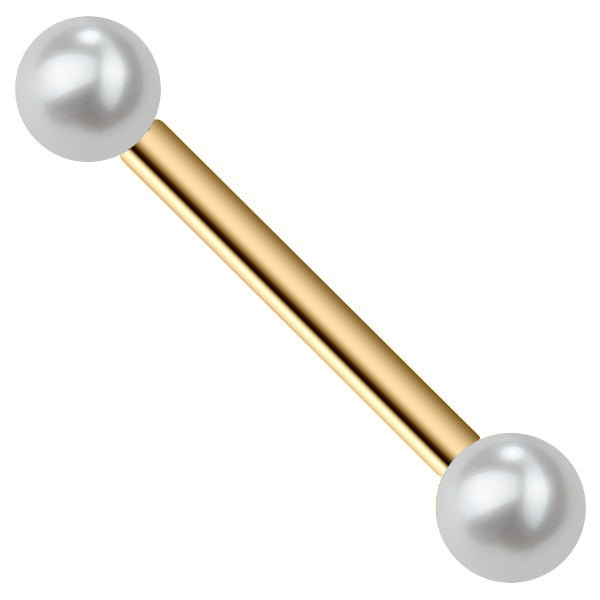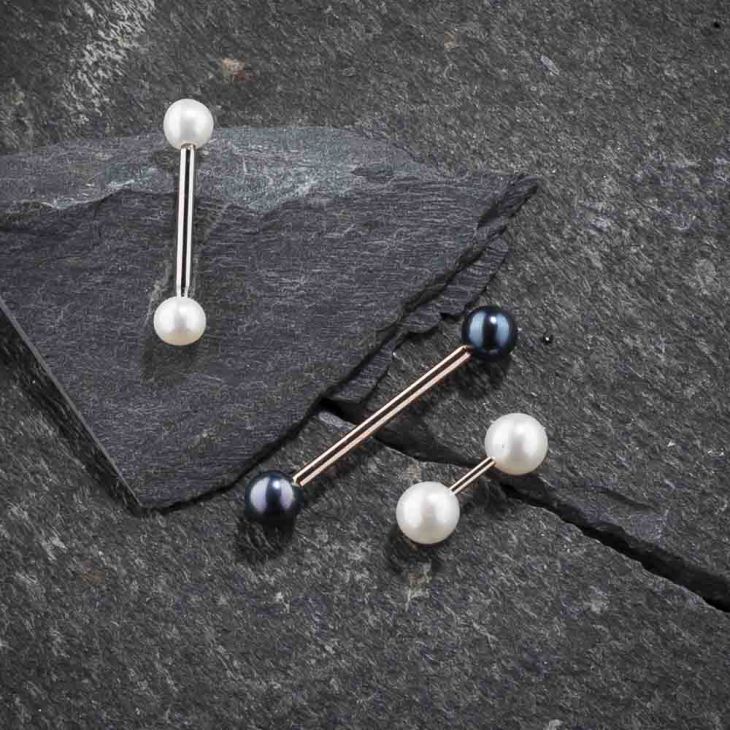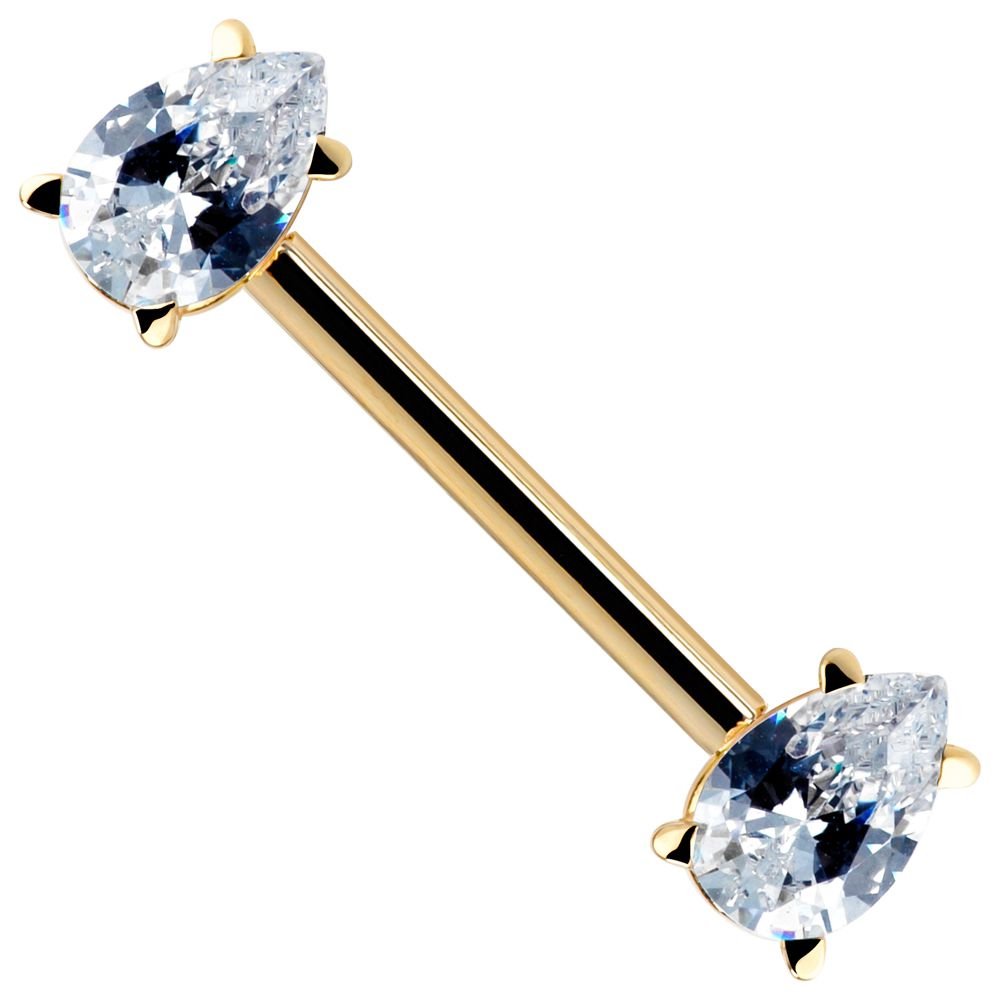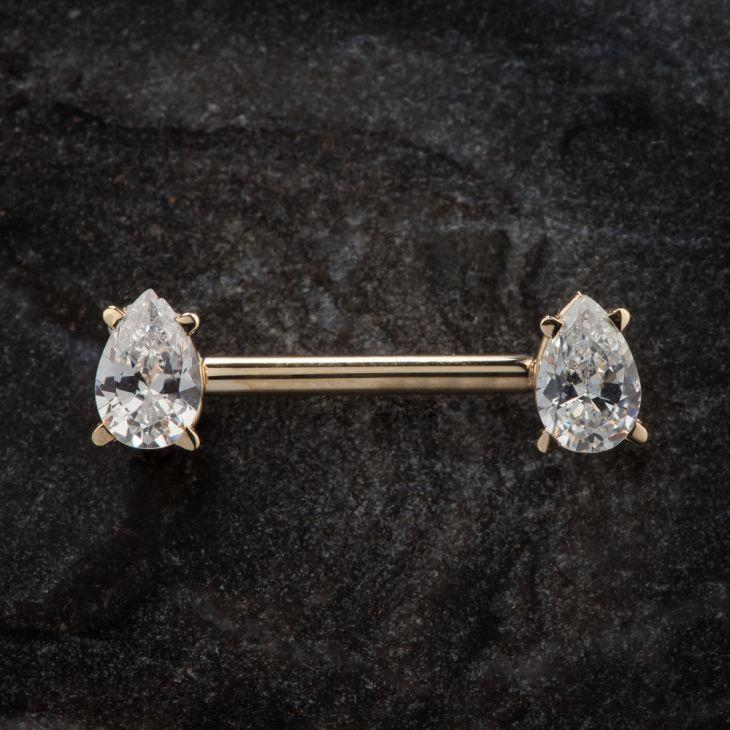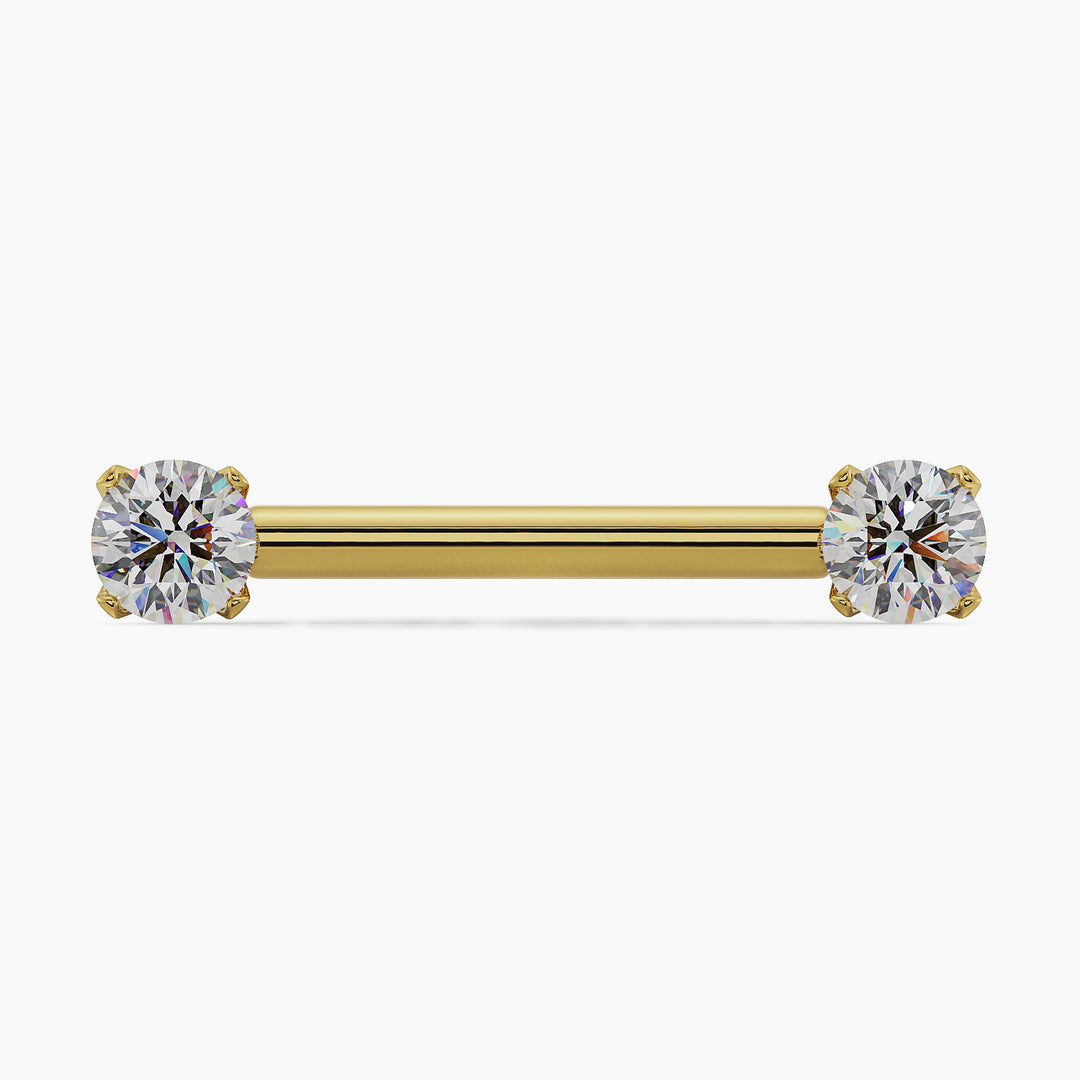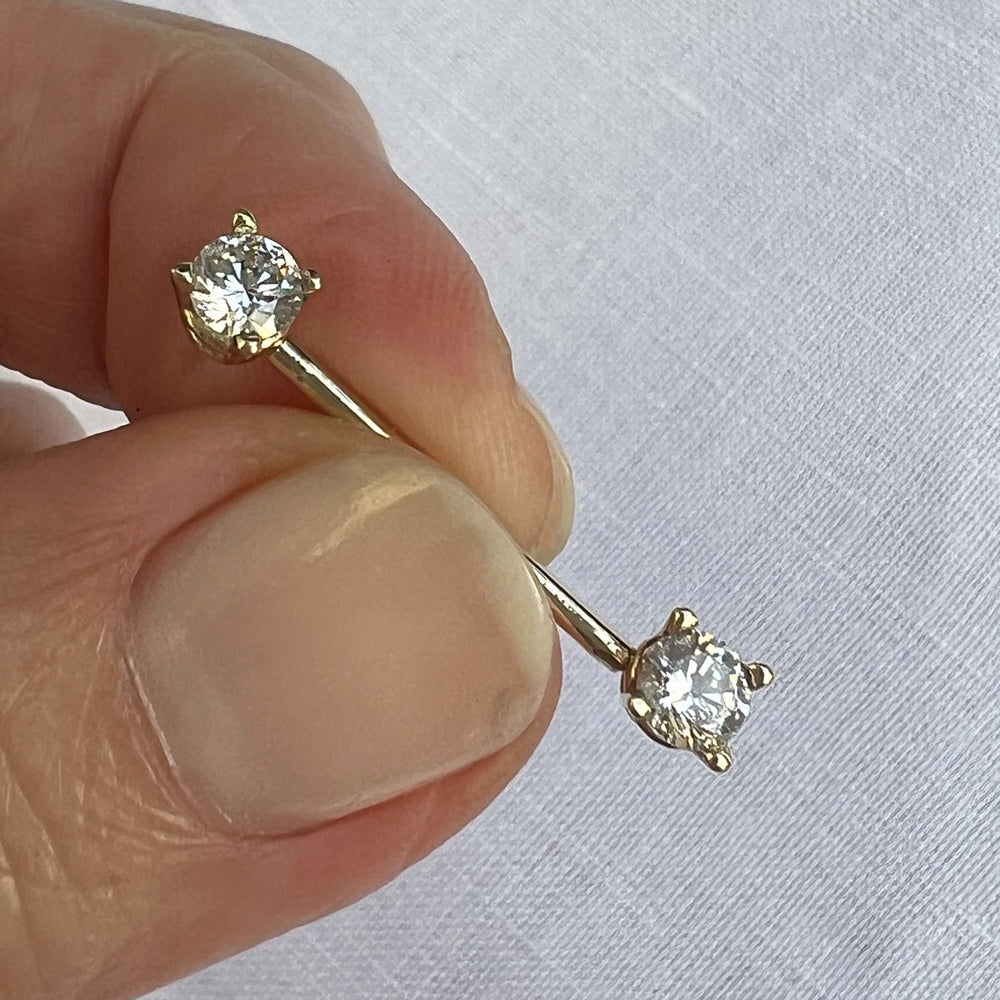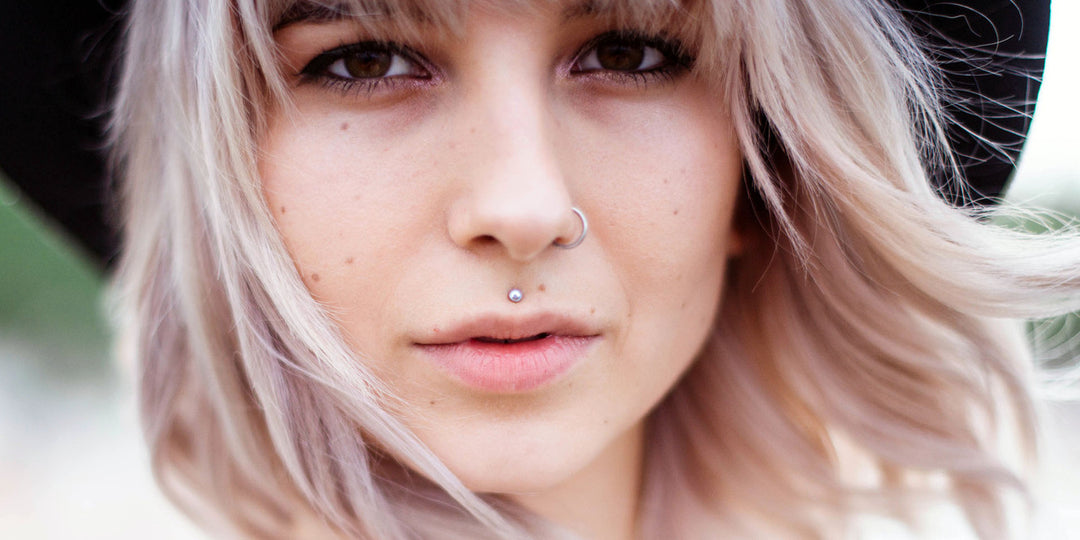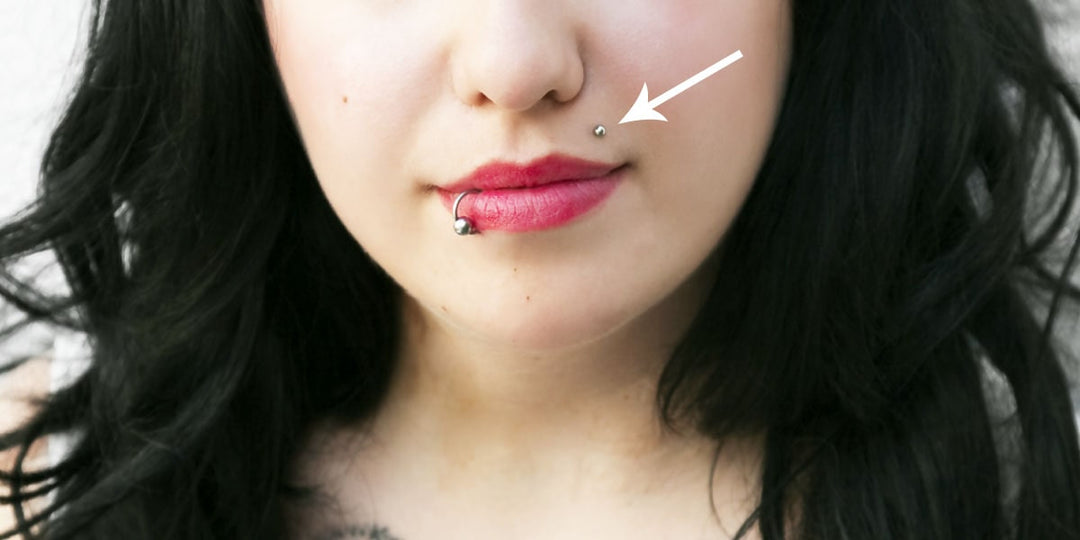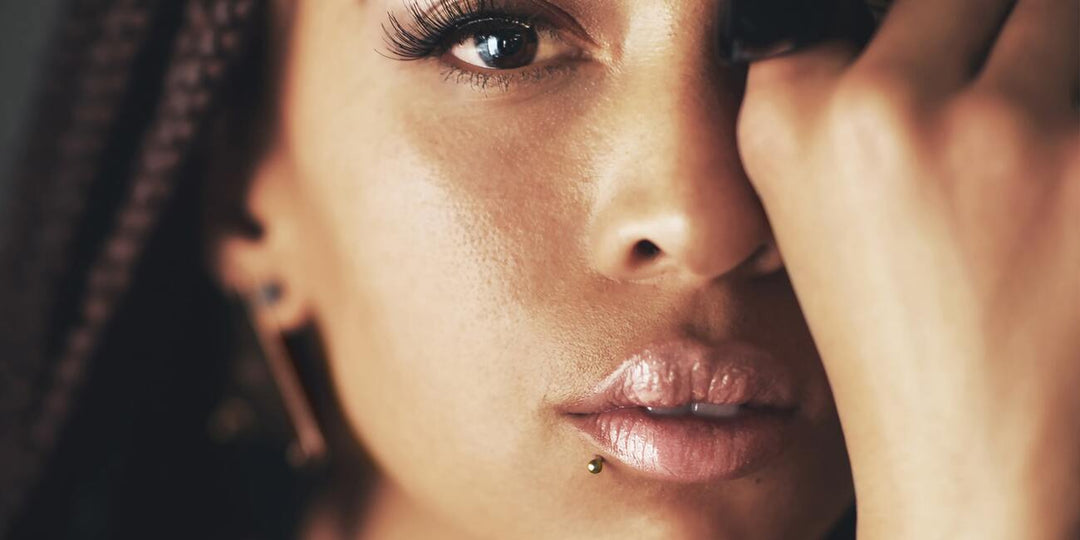The Cheek Piercing: Everything You Need To Know
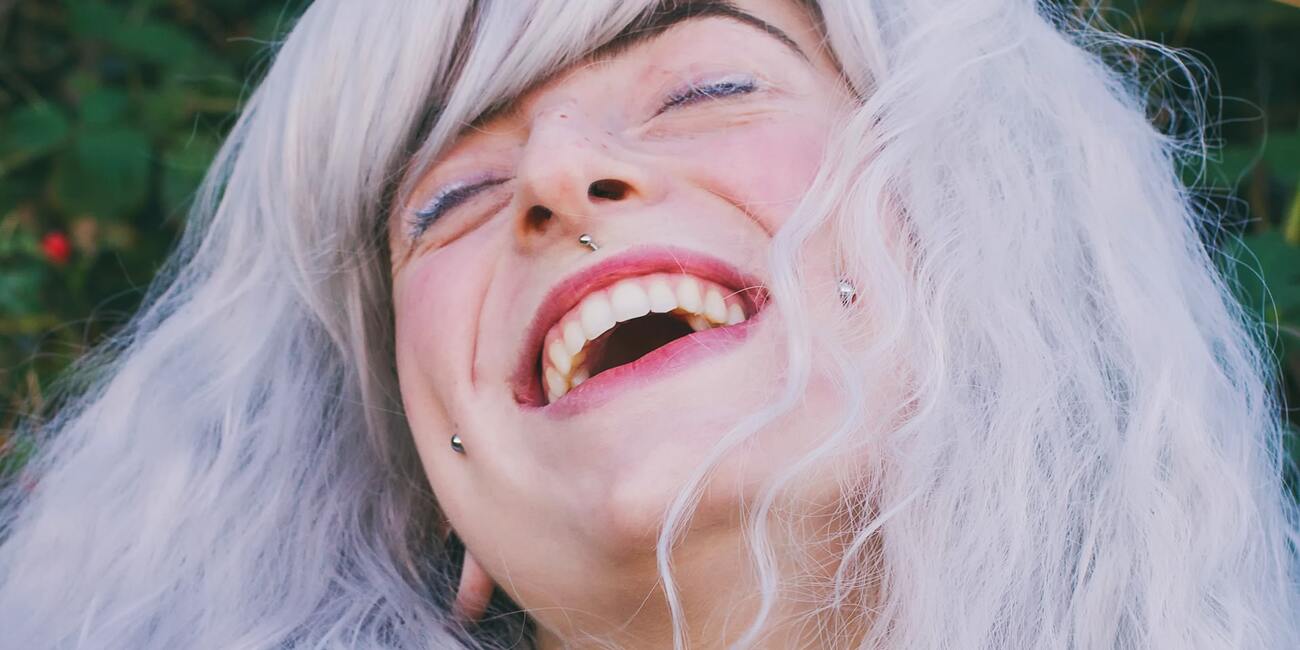

We all tend to go a little soft at the sight of a dimpled smile. Something about those little indents at the edge the mouth brightens up the face with even the smallest smile.
The cheek piercing (also known as the dimple piercing) allows you to emulate the dimpled look even if you don’t have dimples. Dainty jewelry styles sit where your dimples would be, and when you smile, they’ll pull in a little bit, offering the brightness to your smile that natural dimples would provide.
The cheek piercing has gained momentum in the last few years, but it’s a notoriously difficult piercing to get. In fact, many piercers might try to convince you to go for another piercing or refuse to do it at all. (When a person who makes their living conducting body modifications advises against a procedure, you know it’s serious.)
Their location makes them difficult to heal because your cheeks tend to swell quite a bit, food can get stuck in the healing piercing, and its proximity to the parotid duct (which is essential for saliva generation) makes it a difficult procedure to perform. If done incorrectly, your piercer could permanently damage the parotid duct, which can cause issues such as saliva constantly running down your cheek.
Beyond the potential healing and health complications, if you want to remove your cheek piercings after a while, chances are that scarring will be more substantial than with other piercings. Unlike other piercing types, the cheeks often scar after removing the jewelry, and when they do, it’s noticeable.
The cheek piercing is not one that you want to perform lightly. Although it leaves you with a cute look, you won't be able to easily change your mind once the piercing has been completed. Before you decide that the risks are worth it, here’s everything that you need to know about the cheek piercing.
How Much Does A Cheek Piercing Hurt?
The cheek piercing falls lower on the piercing pain scale. Most report that it hurts quite a bit less than getting cartilage pierced. Much of the associated pain comes from the fact that you’ll undergo two piercings in one sitting.
You piercer will most likely use a 14G or 16G needle to conduct the procedure. They will either push the needle from the outside of your cheek into the inside of your mouth or the other way around, depending upon their preference. If they produce the puncture from the outside in, they should use a small piece of cork to catch the needle and protect the rest of your mouth from the needle's point.
If you experience extreme pain, excessive bleeding, or puss-like excretion from the piercing, you’ll need to consult a doctor.
Related Products
View allCheek Piercing Healing Process
The cheek piercing usually takes around 8 - 12 weeks to heal, but it’s especially prone to complications, so be prepared for a vigilant healing period that may last much longer than 12 weeks.
During healing, you will most likely need to have your piercer change your jewelry multiple times. With any piercing, the starter jewelry needs to be large enough to accommodate swelling, and the cheeks will see lots of it. Your cheeks will likely take a while to reduce to their regular size, which means that you’ll need to get smaller jewelry as this happens.
If your jewelry is too large, you could break your teeth by chomping on it, or your body could start rejecting the jewelry, since it will be too heavy on the new piercing holes. It’s essential in cheek piercings, therefore, that you keep an eye on your jewelry, and if it feels too big, talk to your piercer immediately.
Aftercare Rules
Since the cheek piercing is so difficult to heal, don’t be afraid to keep your piercer on speed dial. While you don’t need consultation for any sign of infection, the cheeks are a prominent feature of your face, so it’s better to be safe than sorry. Keep a close eye during healing, and listen to any professional advice given.
Clean the outside and inside of the piercing. Since the cheek piercing is located around the same area where you chew your food, you’ll probably get some food stuck in there. Make sure that you clean the piercing from both the inside and outside of your mouth. On the outside, you can use saline spray and/or dip the piercing in a cup of saline solution or a sea salt bath for a quick soak. To wash the inside, swish an oral aftercare solution or your own sea salt mixture in your mouth a few times a day and after you eat. DO NOT USE MOUTHWASH. The alcohol in the mouthwash could be harmful to your piercing and impede healing.
Don’t play with your jewelry. You’ll feel the new jewelry in your cheeks, and it will be easy to absentmindedly play with your jewelry before you’re used to the new piercing. This is a great way to encourage jewelry rejection, infection, and scarring. Do your best to leave your jewelry alone so that your cheeks can heal correctly.
Keep harsh chemicals away from the piercing. This includes makeup, sunscreen, face wash, and any other toiletries you use on your face. Sometimes, this is a difficult rule to follow, but it’s essential; the chemicals can cause irritation that leads to other complications, and in a piercing that’s already prone to issues, you want to make sure that you’re giving it the best chance.
Cheek Jewelry Styles
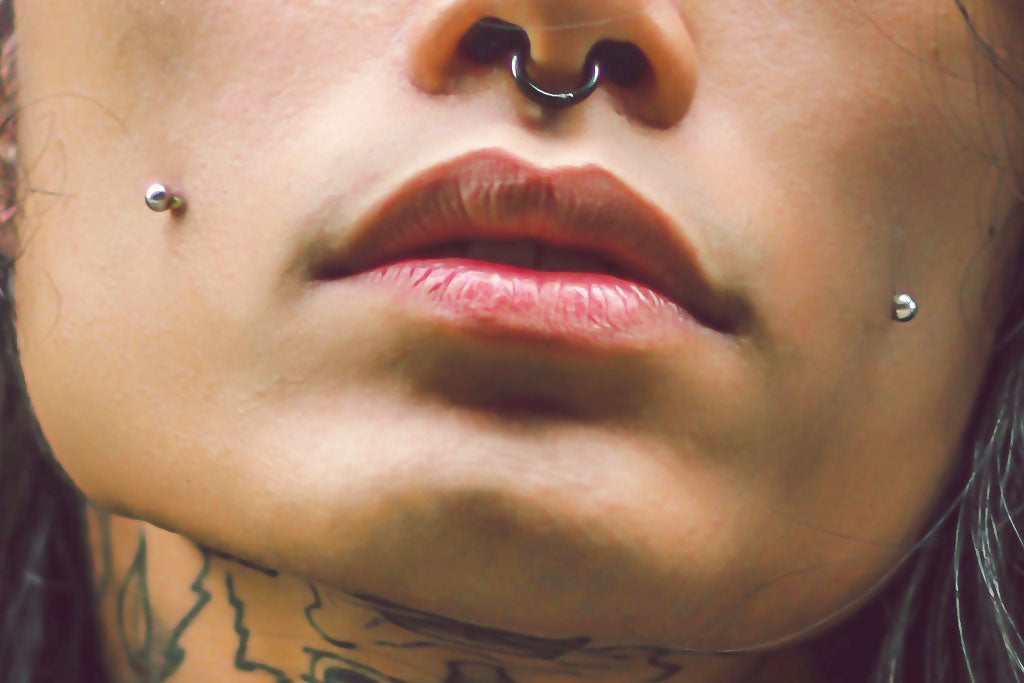

Your initial jewelry for your cheek piercing will be either a labret stud or straight barbell that’s around 1” in length to accommodate swelling. Since it’s so large, you will need to be careful not to accidentally chomp on your jewelry. Once the swelling has gone down, you should switch to a smaller size.
Once your piercer has confirmed that your cheeks are fully healed, you can have some fun with your jewelry.
Labret stud jewelry are the most common jewelry types for a cheek piercing. The flat disc backing sits more flush with the inside of the cheek so that it stays out of the way of your teeth. You can choose a simple bead end or go flashy with sparkling gemstones or charms.
You can also choose a straight barbell. The ball backing might rub more against your teeth, which could cause issues down the line, so it’s not the best style choice for jewelry that you want to wear long term. You can stick with a standard ball end or choose more unique styles like a diamond pave ball or Baltic amber.
It is possible to stretch your cheek piercings once fully healed, but the vast majority of piercers will recommend against it, so we do, too. Cheeks don't go back to their original state as easily as lobes do, and stretching your cheeks could lead to complications. When you decide to take your jewelry out, you'll be left with large holes revealing your molars. The vast majority of piercers recommend against stretching your cheeks.
Why Shouldn’t I Get A Cheek Piercing?
Because cheek piercings are so complicated, they aren’t for everyone.
If you’re a piercing virgin, don’t get your cheeks pierced. Since it’s so difficult, it would make a horrible first piercing.
Depending on the location of your parotid duct, you might not be able to get this piercing. If your piercer says no, listen to them. Damage to the parotid duct can’t be fixed. While you can receive treatment to minimize the symptoms of a damaged parotid duct, the injury can’t be undone.
If you can’t commit to aftercare practices, don’t get this piercing. It requires vigilant attention for the entire healing period.
If you’re unsure that you want this piercing forever, then you should think about a less permanent piercing. After you take out your jewelry, there will be scarring.
Even if you opt for a labret stud with a flat disc backing, the jewelry will most likely rub against your teeth. After a while, it could contribute to enamel wear and receding gum lines. If you already struggle with these issues, stay away from any oral piercing.
If the cheek piercing isn’t for you, the Dahlia piercing offers a similar aesthetic and is a little easier to heal.
FreshTrends Tip
Remember to see your piercer within the first few weeks of getting the piercing. These piercings require a downsize due to significant swelling during that period.
How Much Will It Cost?
A cheek piercing will vary in cost depending on location, but you can expect to spend somewhere between $30 - $100. Keep in mind that it is a double piercing, so although you aren’t paying for two piercings, it will cost a little more than a single piercing would.
CHOOSE A PIERCER THAT HAS TONS OF EXPERIENCE IN PIERCING CHEEKS. This is extremely important. Damaging the parotid duct is no small matter, and you don’t want your piercing to become a lifelong challenge. You need to find someone who’s experienced in cheek piercings specifically. Don’t be afraid to talk to your piercer prior to the procedure and ask to see their portfolio. They won’t be offended; you’re not going to vibe with everyone, and they understand that style and personality have a factor when choosing your piercer. Be vigilant and shop around before choosing the person to pierce your cheeks.
Cheek Piercing Variations
The cheek piercing might be straightforward, but there are some individualizations you can choose.
The single cheek piercing simply pierces one cheek instead of two. This is a great option if you’re nervous and want to get one at a time, or if you’re pairing it with other facial piercings.
The dermal cheek piercing offers a similar look without piercing completely through the cheek. Instead, a dermal anchor is inserted beneath the skin, which will hold the jewelry in place. Some prefer this option since you only have to deal with surface healing during aftercare, however, it won’t quite have the same dimpled look. Before choosing between the dermal cheek piercing and the standard cheek piercing, schedule a consultation with a piercer who can tell you which style they recommend based on your anatomy.


